Which top dog breed best suits your lifestyle? Vets and experts weigh in
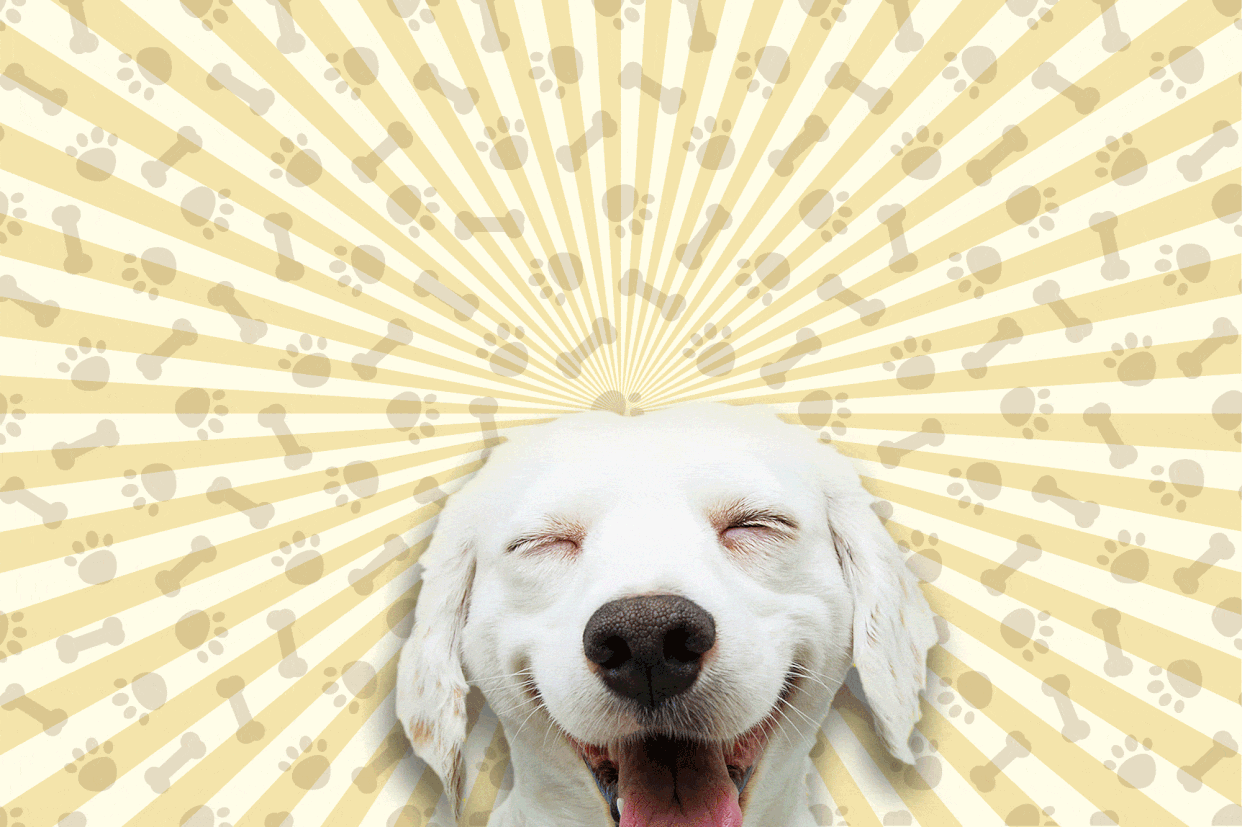
Anyone in the market for a dog can understand how hard it is to figure out which is the one you should take home with you.
There are many factors to consider — and it’s tough looking past all of the adorable puppy eyes.
Figuring out which breed will best fit your personal lifestyle can help narrow down your options and ensure a good relationship between pet and owner.
This past weekend, tens of thousands of people attended the American Kennel Club’s 2024 “Meet the Breeds” event series, where visitors were able to learn about the more than 130 breeds featured and see which could be a good fit for them.
While there are more than 100 breeds from which people can choose, the 10 most popular breeds according to the AKC, were crowd favorites as usual — and all of them can fit into different ways of life.
“While some breeds in the top 10 require a lot of stimulation and activity (German shorthaired pointers, labrador retrievers), some make great companion dogs that don’t require a lot of space (dachshunds, French bulldogs, poodles, bulldogs), while others make great family dogs as well (German shepherd dogs, golden retrievers),” the AKC shared with The Post.
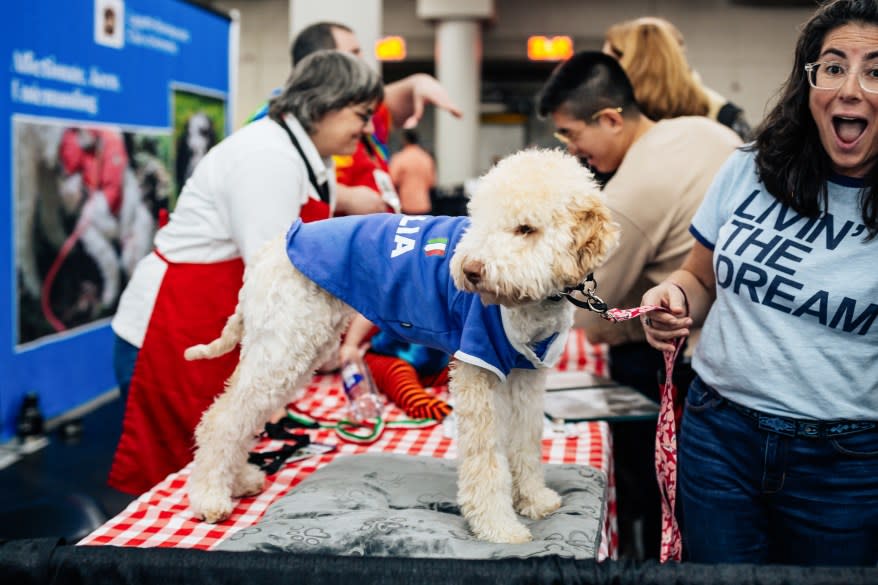
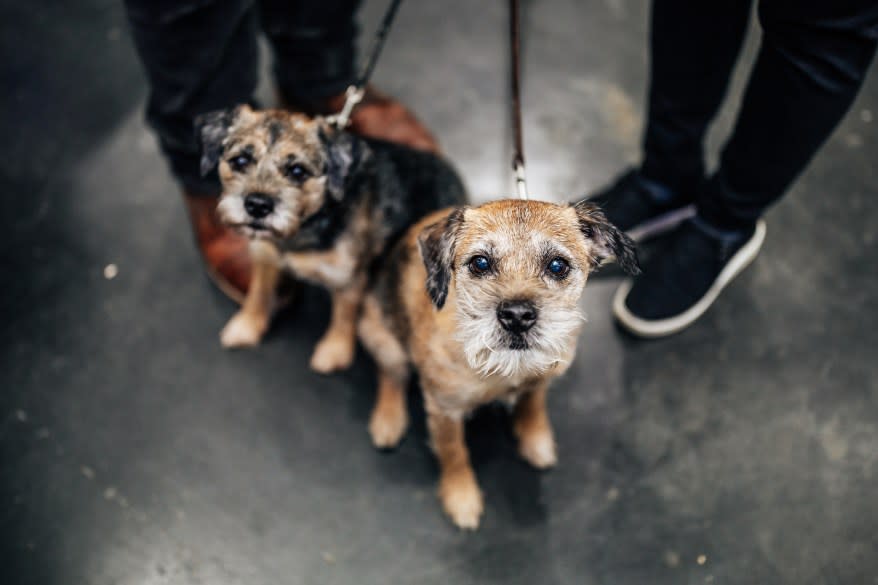
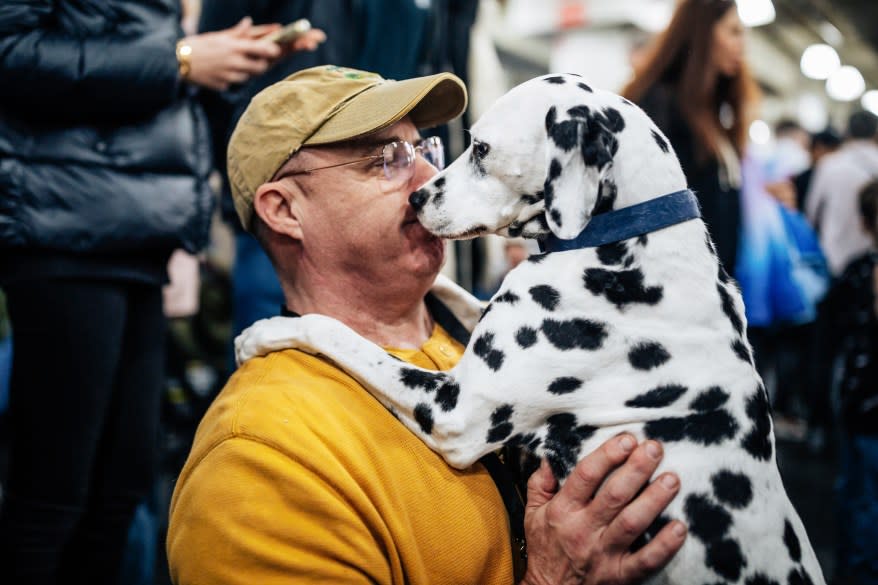
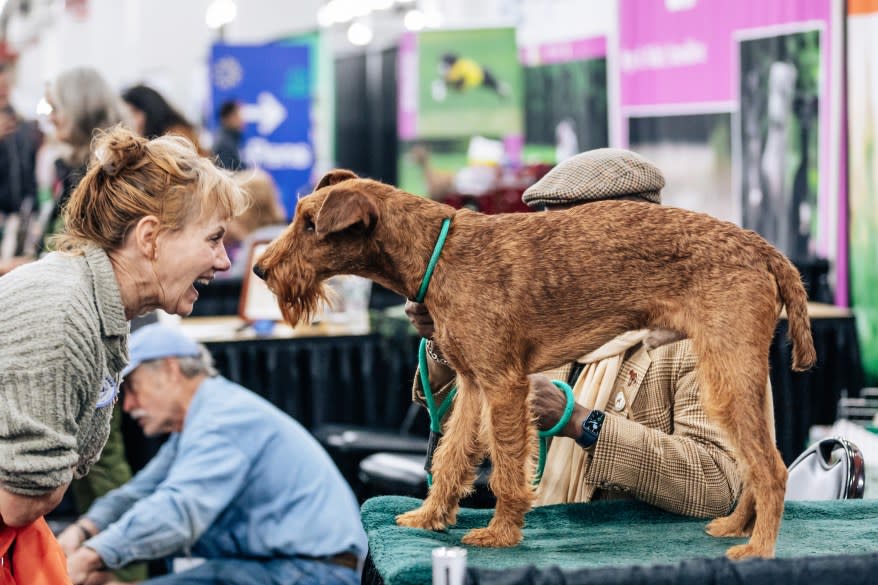
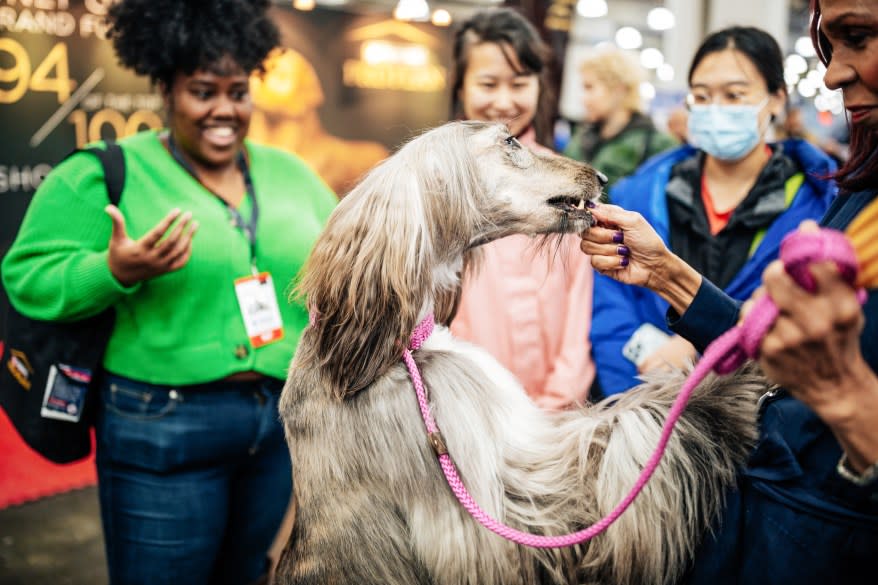
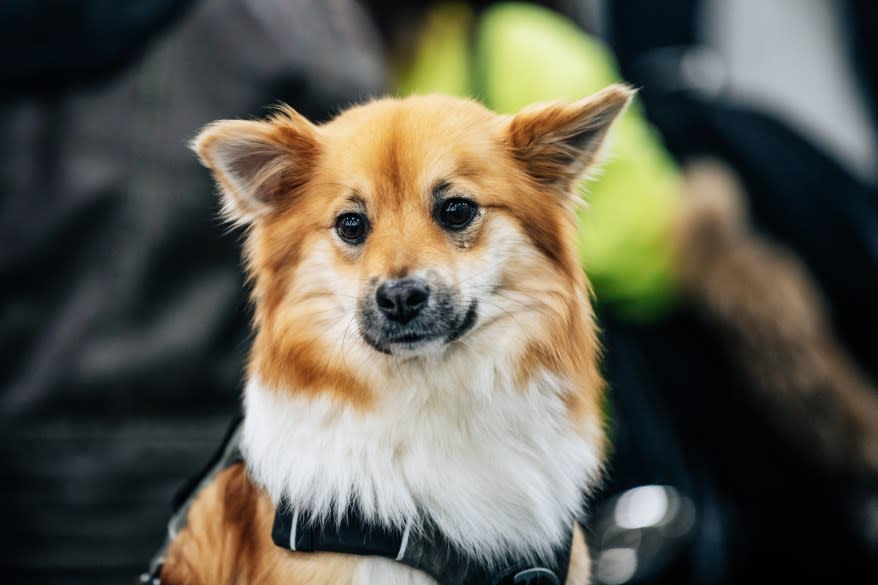
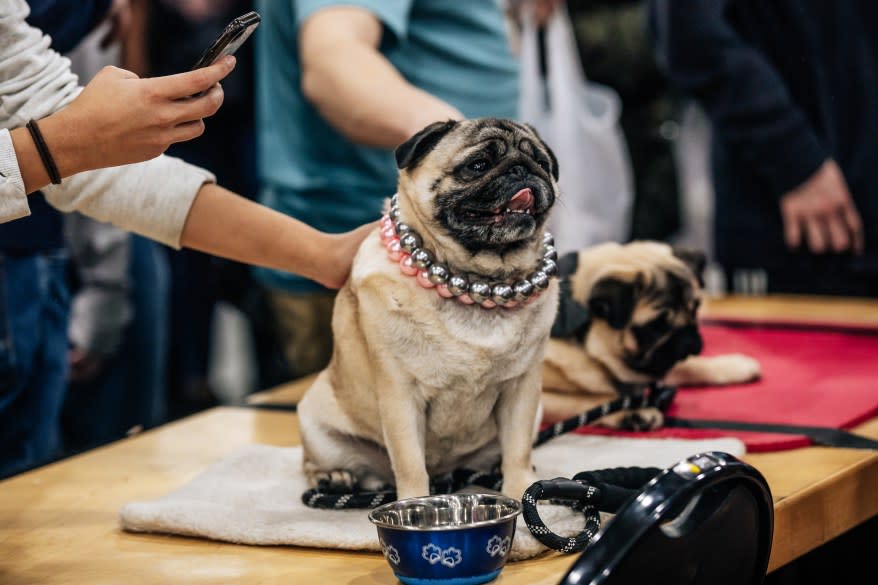
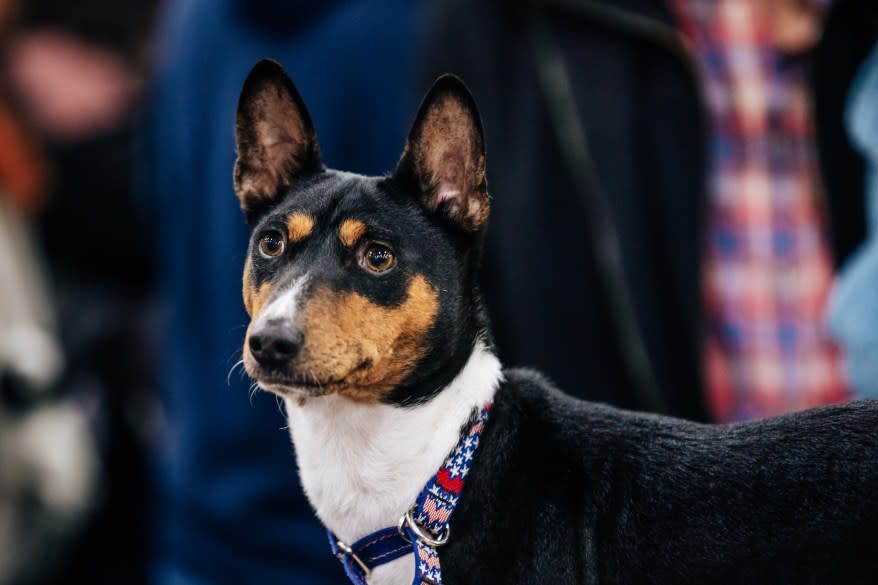
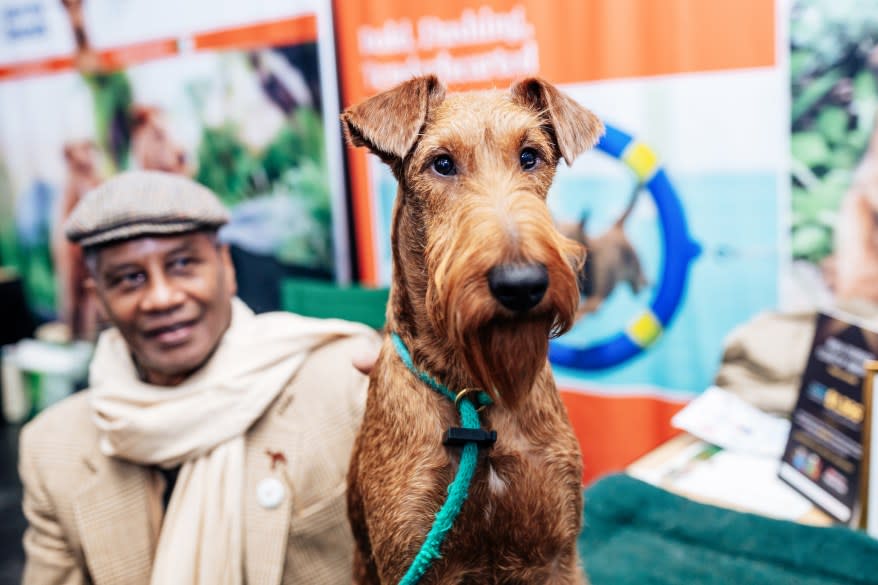

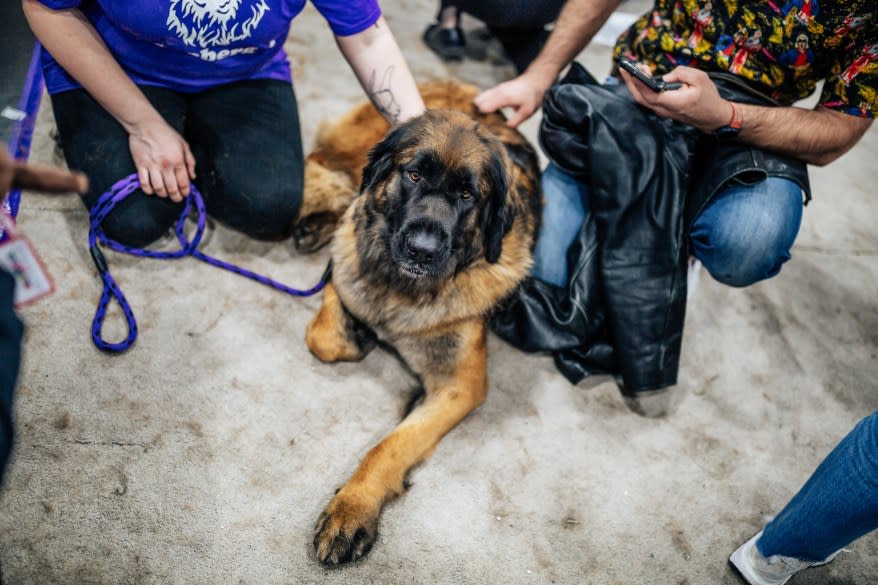
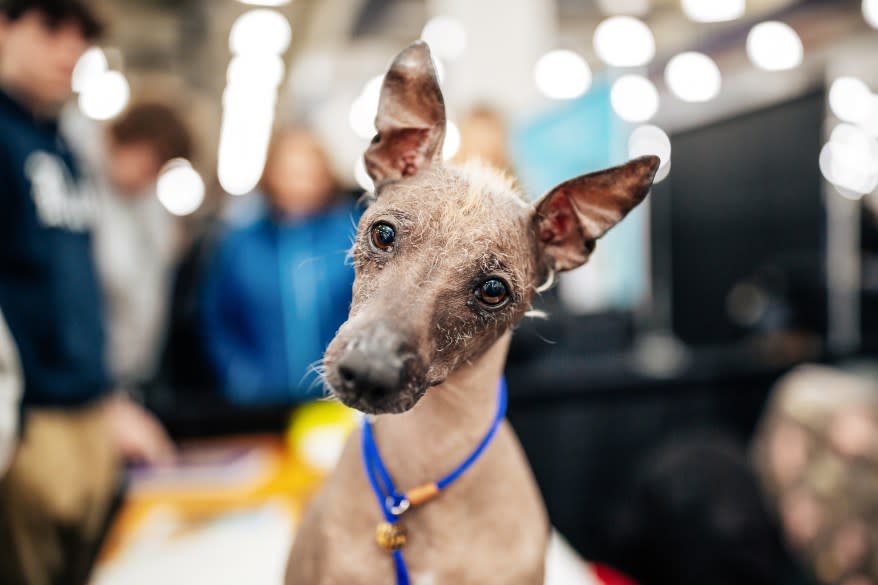
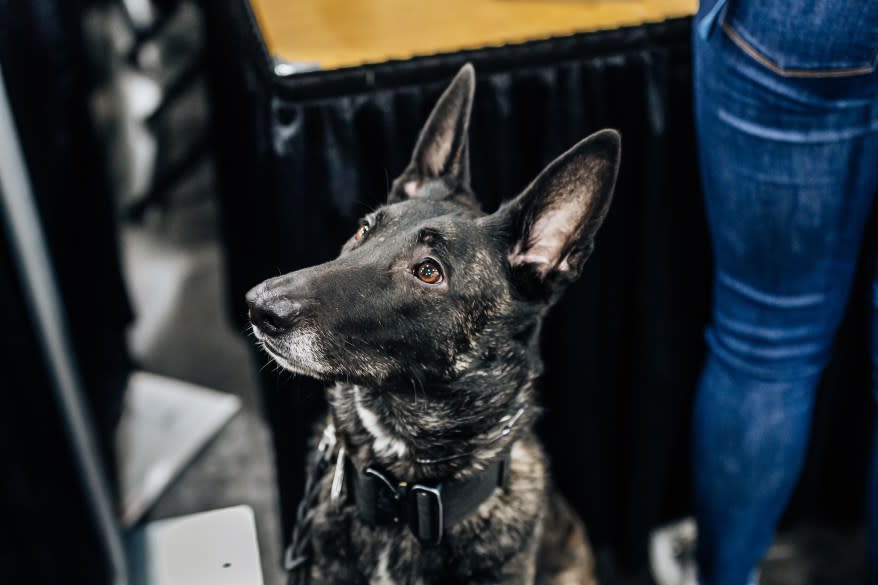
“We’re absolutely thrilled at the turnout over the weekend,” Brandi Hunter Munden, AKC’s vice president for PR and communications, told The Post. “Attendees got a chance to spend time with their favorite breeds as well as learn about some breeds they might’ve never heard of before while also learning about responsible pet ownership.
“We were happy to put smiles on some faces.”
So, which breed is right for you and your lifestyle?
Here’s a deeper look at AKC’s Top 10 Most Popular Breeds of 2024 (in order), based on AKC’s registration numbers:
French bulldog
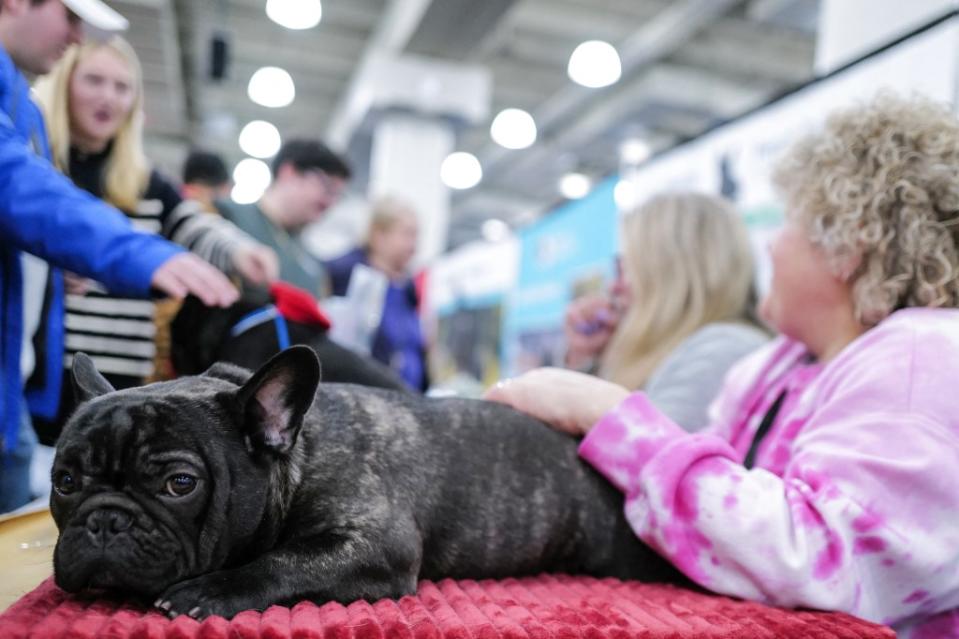
The French bulldog, nicknamed the “Frenchie,” is a small dog weighing less than 28 pounds and known for being friendly and companionable, according to Rover’s dog breed guide.
“The French bulldog is typically a sweet, silly dog that can thrive in urban or suburban environments. With relatively low physical exercise requirements, this breed can be ideal for apartment-dwellers,” Embark Veterinary Geneticist, Dr. Jenna Dockweiler, DVM, DACT, told The Post.
Their physical qualities are a big part of the appeal — smushed faces, roly-poly limbs and the breed’s signature bat ears.
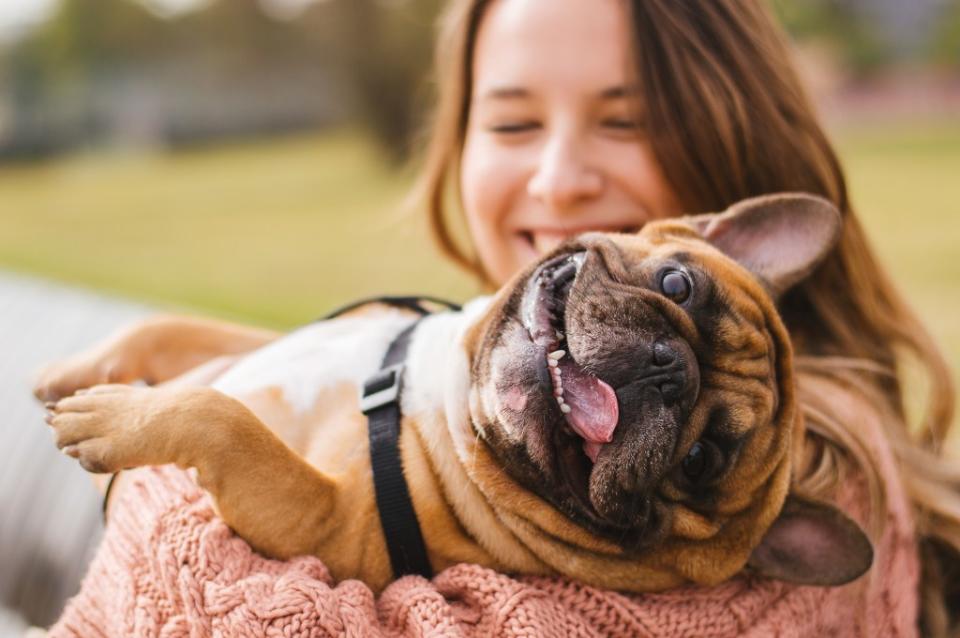
Frenchies require minimal exercise, which is why they are a popular option for people who live in a city. They also have low levels of barking, so there’s little need to worry about your pet annoying your neighbor in an apartment building.
Rover also noted that the French bulldog is good with other pooches and children, can get along with cats, and has low levels of shedding with their short, low-maintenance coat. Using a rubber grooming mitt once a week will satisfy grooming needs.
However, “due to their brachycephalic (flat-faced) conformation, Frenchies can struggle with heat and may not do well in very hot, humid climates,” Dockweiler added.
Labrador retriever
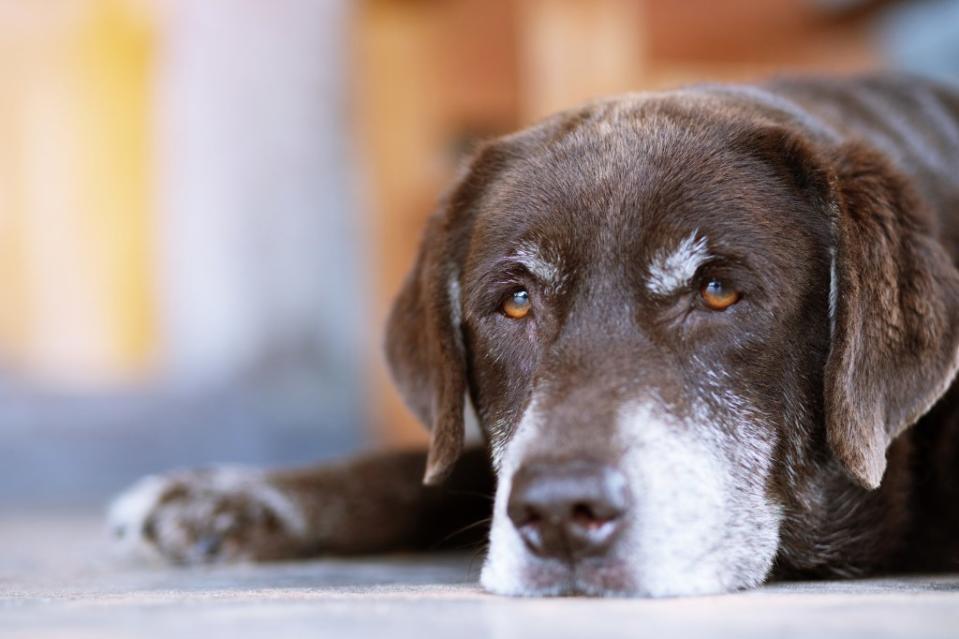
“Once America’s most popular dog breed, the Labrador retriever is a favorite for families with children,” Dockweiler said. “Most Labs tend to be very loving with their families and strangers alike and are generally easy to train.”
Labrador retrievers weigh around 55 to 80 pounds, according to Rover, and are good with other dogs, cats and children.
These dogs have a thick double coat and typically shed their undercoat twice a year during spring and fall, or year-round in temperate climates, and should be brushed once a week, or daily during shedding months.
However, their activity levels could be a hindrance for some.
“Depending on the intended purpose and lineage of the Lab, exercise requirements can vary but tend to be on the high side. Therefore, the Labrador retriever is not an ideal breed for urban settings,” Dockweiler shared.
Golden retriever
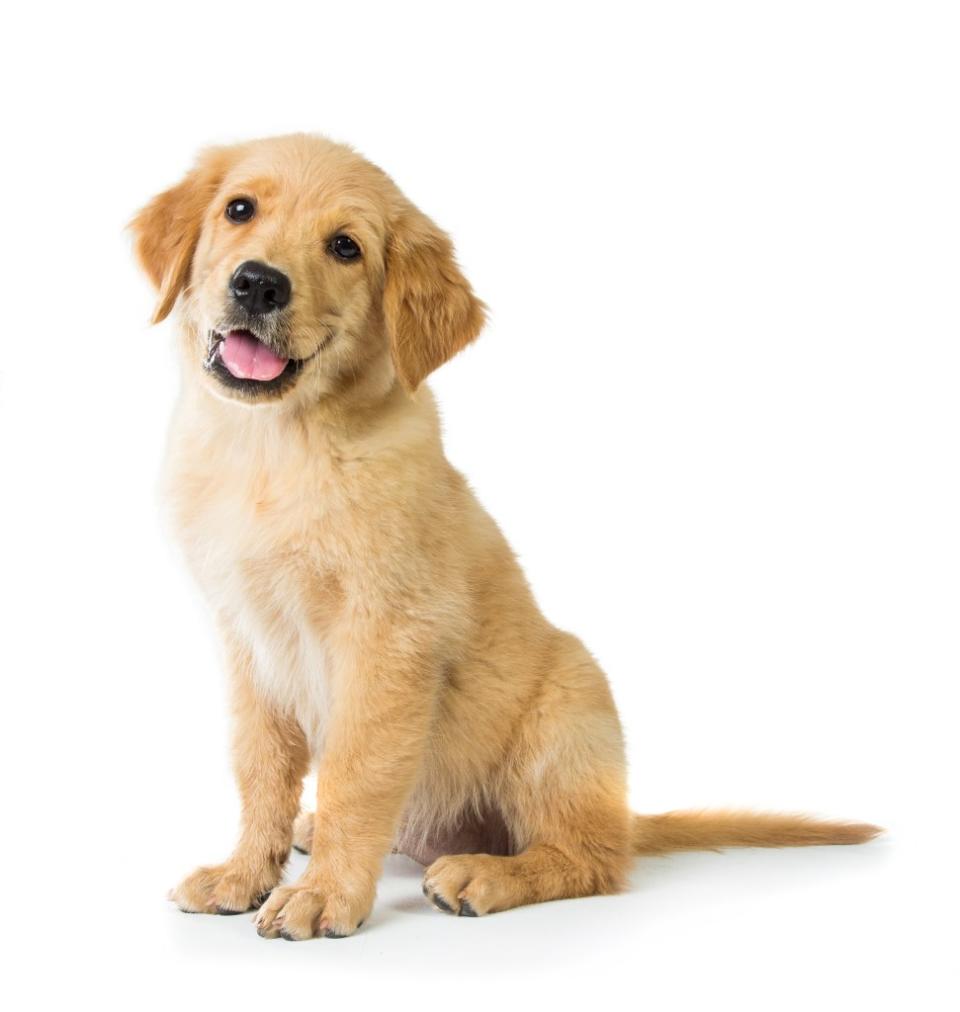
“The golden retriever typically makes an excellent family companion and is generally quite trainable,” according to Dockweiler. “Their sweet, affectionate disposition endears them to humans and other dogs alike.”
The large breed, weighing 65 to 75 pounds, is good with other dogs, cats and kids, Rover noted.
“With exercise requirements similar to the Labrador retriever, goldens may not make an ideal apartment dog. Additionally, coat maintenance can be quite a task with this breed, which requires regular bathing and brushing to maintain their long, silky locks,” Dockweiler said.
Rover emphasized that golden retrievers are kind, trusting, gentle and great for families — but they’re also prone to anxiety if left alone for a while, so they act their best with an owner who can provide that attention.
German shepherd
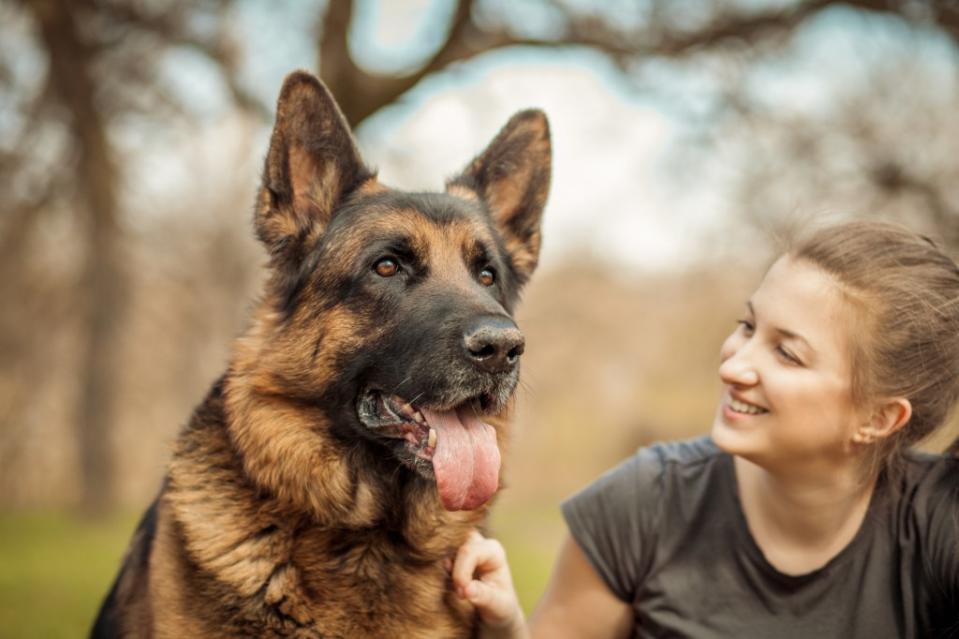
Known for their wolf-like appearance, the German shepherds are generally best suited to a suburban or rural lifestyle, Dockweiler said.
They were originally bred to herd sheep and protect flocks from danger, which could explain why they are a “protective breed that requires sufficient exercise and mental stimulation to thrive.”
German shepherd dogs (GSDs) are shedders and mostly have a medium or long coat, but some have no undercoat, so grooming depends on the individual dog.
“Although very trainable, German shepherds will become bored quickly without a job or adequate mental exercise. For these reasons, this breed is generally best suited to a suburban or rural lifestyle,” Dockweiler added.
GSDs are compatible with other dogs, cats and kids.
Poodle
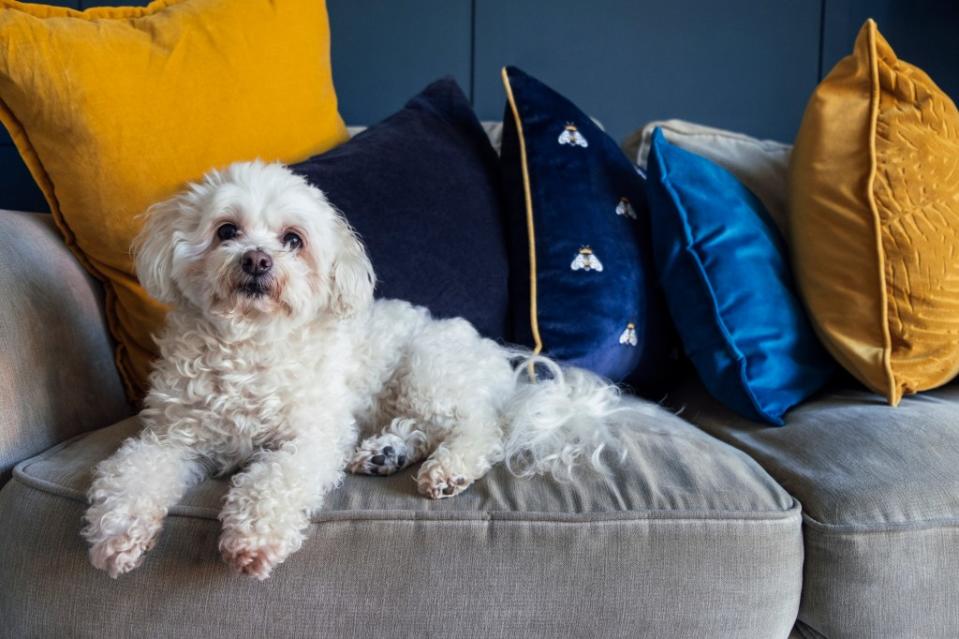
The poodle comes in three sizes — toy, miniature and standard — and has a wide variety of colorings, from solid like black, silver apricot and brown to those with a blend of different colors.
Dockweiler advised that although poodles are minimal shedders, they still require professional grooming approximately every four to eight weeks with brushing between appointments.
Poodles are easily spotted from their curly coat, but the curls aren’t just cute — they have a purpose. Poodles were originally bred as water dogs, and the coat acts as a sweater of sorts to keep them warm in any temperature water, Rover explained.
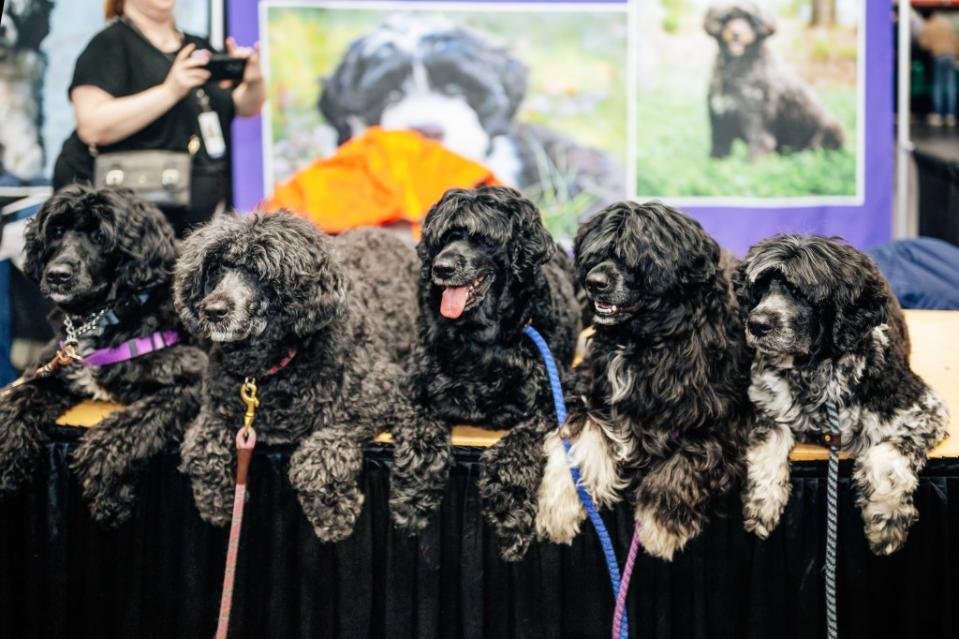
Fun fact: They also have webbed toes, which can act like flippers in the water.
“Poodles are generally an active breed, but the small size of the smaller two varieties can make them an ideal apartment companion. All varieties are smart and enjoy training and mental stimulation games,” Dockweiler said.
Bulldog
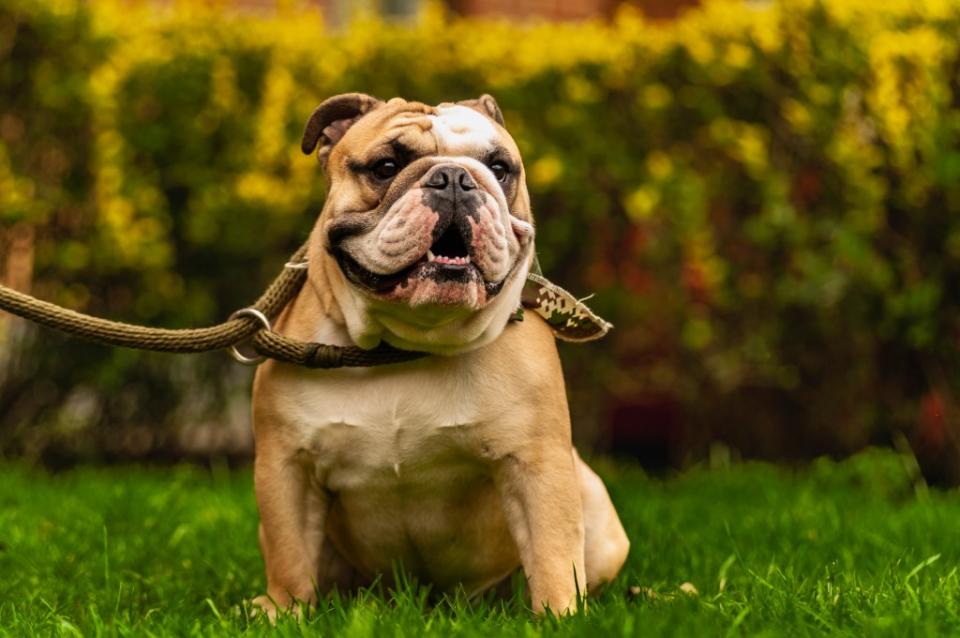
The English bulldog has a “sweet disposition” and irresistible face folds.
Though they might look like they have a constant frown, Rover says that the bulldog has an affinity for children and loves to be “fun and goofy” with their owners.
Dockweiler calls the bulldog “a large dog compressed into a compact body” with a “couch potato” demeanor.
Thanks to its low exercise and activity needs, this breed fits well into urban environments and could be a good apartment pet in the right circumstances.
“Similar to the French bulldog, the bulldog’s brachycephalic conformation can predispose to heat stroke, meaning they may not do well in very hot temperatures,” Dockweiler said.
Rottweiler
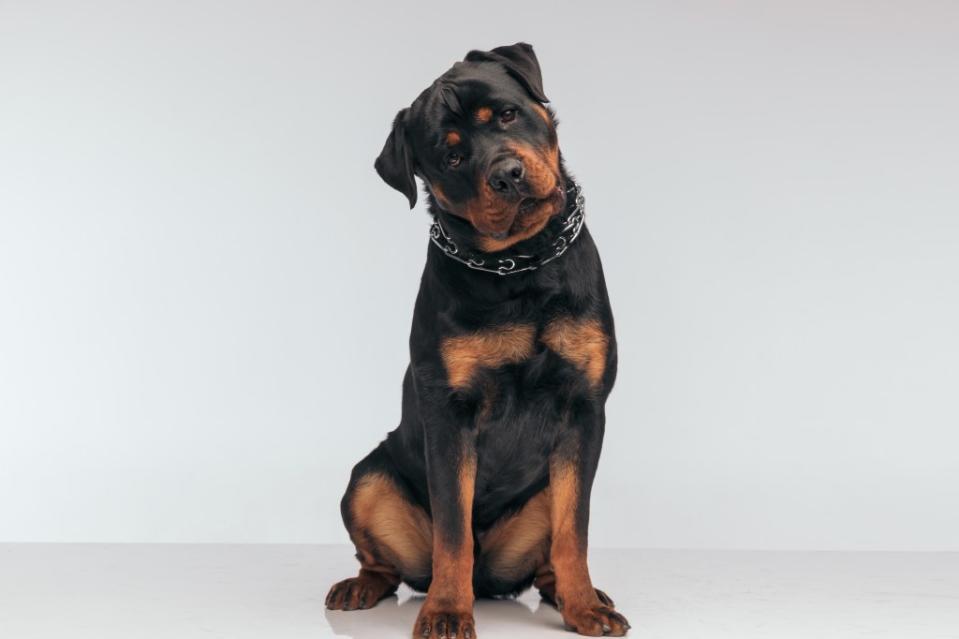
“Although loyal and loving, the Rottweiler is a guardian breed and can be fiercely protective of the family unit,” Dockweiler said.
The Rottweiler is often misunderstood — they aren’t super cuddly and warm to strangers but are extremely loving and affectionate to the people they are around and require love and attention themselves.
This breed had an interesting past, acting as everything from pulling butcher’s carts to embarking on search-and-rescue missions.
“Additionally, Rotties require regular physical and mental exercise to be at their happiest. For these reasons, Rotties generally are not recommended for families in urban settings,” according to Dockweiler.
Beagle
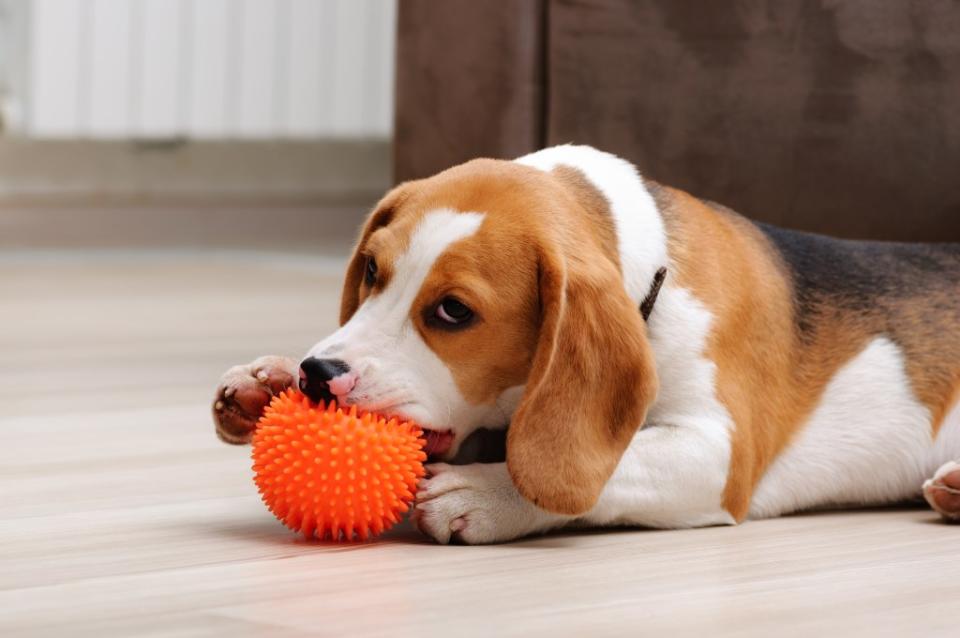
A beagle’s appearance is similar to that of a foxhound, with the same floppy ears, strong jaw, short hair and (usually) tricolor coat.
Beagles are famously gentle and good-tempered — as well as good with kids.
“A generally happy dog, the beagle was bred for hunting and does best with space to roam,” Dockweiler said.
“Additionally, beagles (along with many other hound breeds) have a loud, baying bark that may disturb the neighbors, making them less ideal for apartment situations.”
These dogs also might have the “beagle smell,” which owners tend to get used to but, people who are new to beagles might find it to be a strong scent.
Dachshund
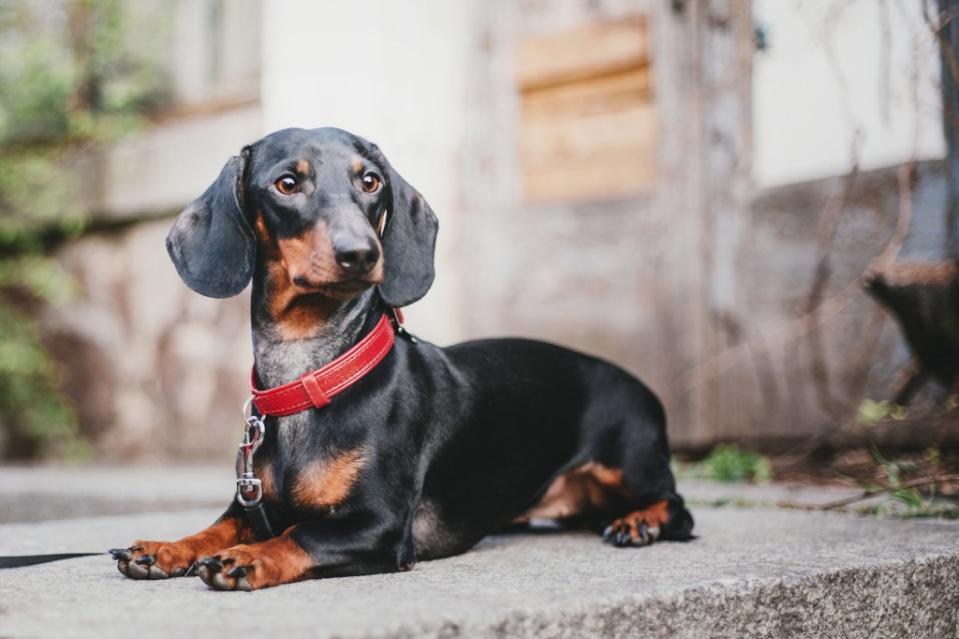
The dachshund is “clever, lively, courageous, entertaining,” Rover claims.
The breed has many informal nicknames, including doxie, wiener dog, hot dog, sausage dog or badger dog.
Dachshunds were originally bred in 15th-century Germany, and their long back and short legs made them ideal hunters.
“The dachshund is a small hound originally bred to hunt rodents. Although they are short in stature, the dachshund has a big personality and can be very vocal,” Dockweiler shared.
“They are likely to do best in a suburban setting (rather than an apartment) because their little bodies can let out big barks.”
German shorthaired pointer
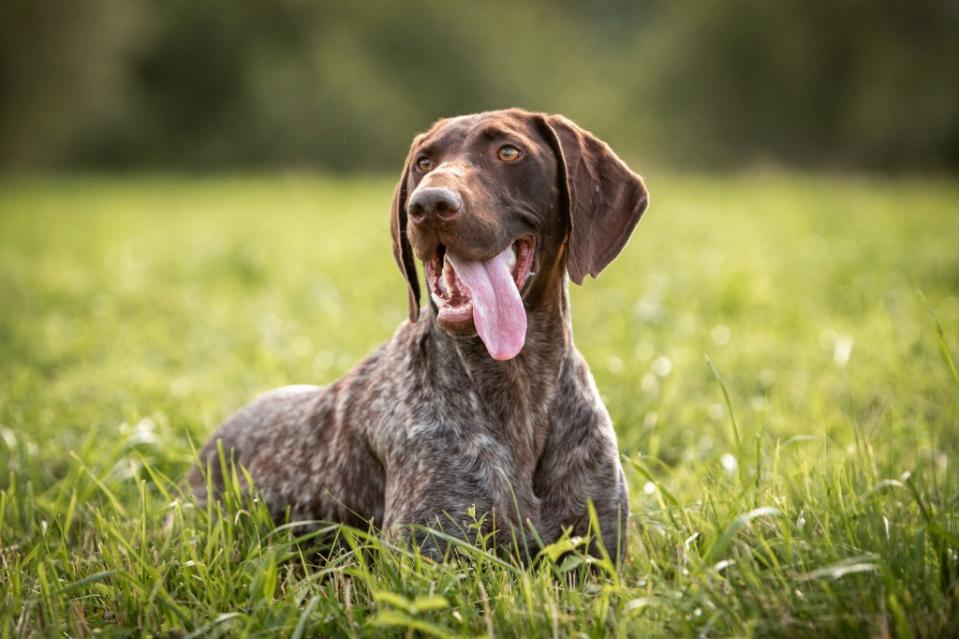
A German shorthaired pointer is the dog for you “if your ideal canine companion is an athletic sidekick who’d happily accompany you on an all-day trek through the wilderness,” according to Rover.
They are easily trainable, thanks to their intelligence and cooperation, and they form a tight bond with their family.
“A true working bird dog, the German shorthaired pointer does best with a large amount of physical activity and mental exercise,” Dockweiler said. “For these reasons, they are not well-suited to an urban lifestyle.
“With the right family situations, German shorthairs can make excellent companions (as long as their needs are adequately met).”
However, unfortunately, GSPs are prone to hip dysplasia, eye problems and heart disease.
The breed can also suffer from sudden stomach bloating, which can be fatal, so if you’re planning on making a GSP your four-legged friend, it’s important to educate yourself on symptoms to look out for and talk to a vet about a course of action.
But Dockweiler emphasized, “It is important to remember that all dogs are individuals, and general truths that apply to the breed may not apply to one specific dog.”
For example, it’s possible for individual Frenchies to not thrive in an urban setting, or for an individual German shepherd to be a good fit for an apartment lifestyle.
“Purchasing a puppy from a responsible breeder is the best way to ensure your dog most closely resembles its breed standard, in both looks and temperament,” she concluded.

